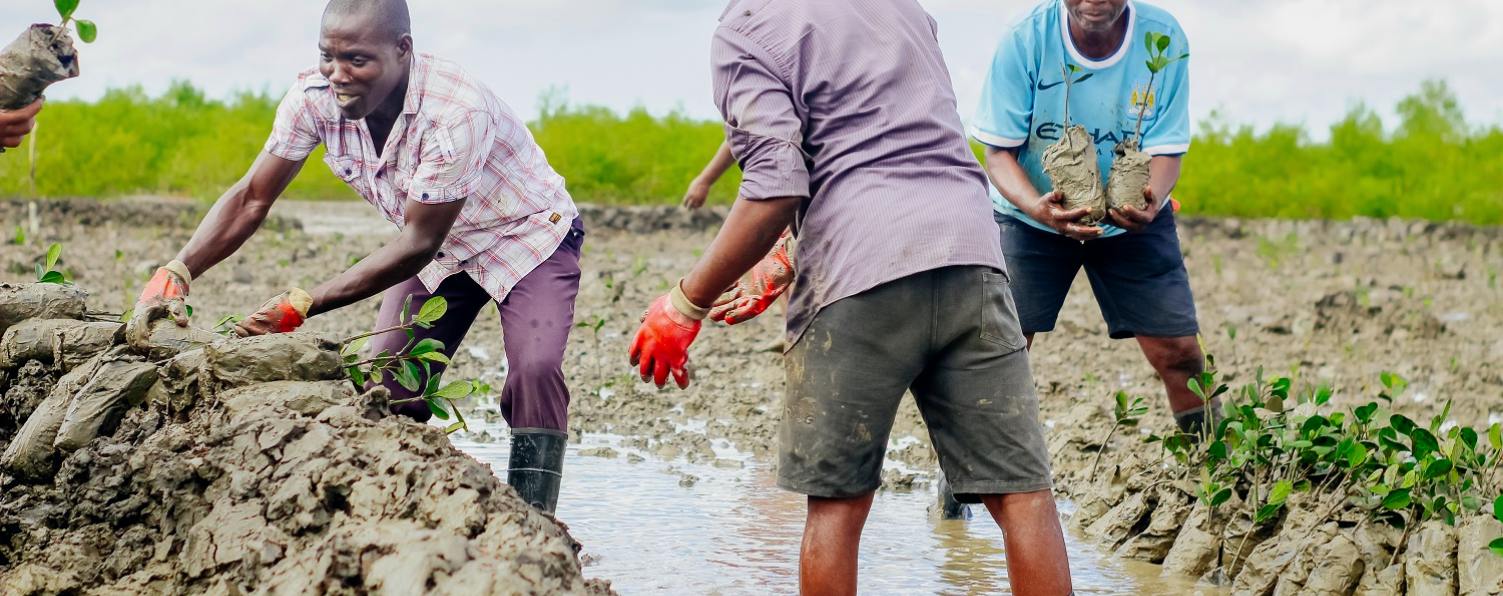
Our work
The FAO GCI assists cities to identify and develop strategies tailored to their context, contributing to green urban regeneration, increasing health and well-being of urban and peri-urban population, supporting mitigation and adaptation to climate shocks and minimisation of the carbon footprint, strengthening urban-rural linkages, and promoting sustainable urban development.
This is achieved by integrating urban and peri-urban forestry, agriculture and bioeconomy into the fabric of urban life. Such a multi-functional green infrastructure approach is promoted as lever for sustainable urban development and cities involved can enhance environmental, social and economic well-being of urban population.
Through this approach, the initiative is expected to improve the overall resilience of 1 000 cities globally by 2030, including small, intermediary, and metropolitan cities and to deliver a wide range of environmental, socio-economic and health benefits to their inhabitants.
